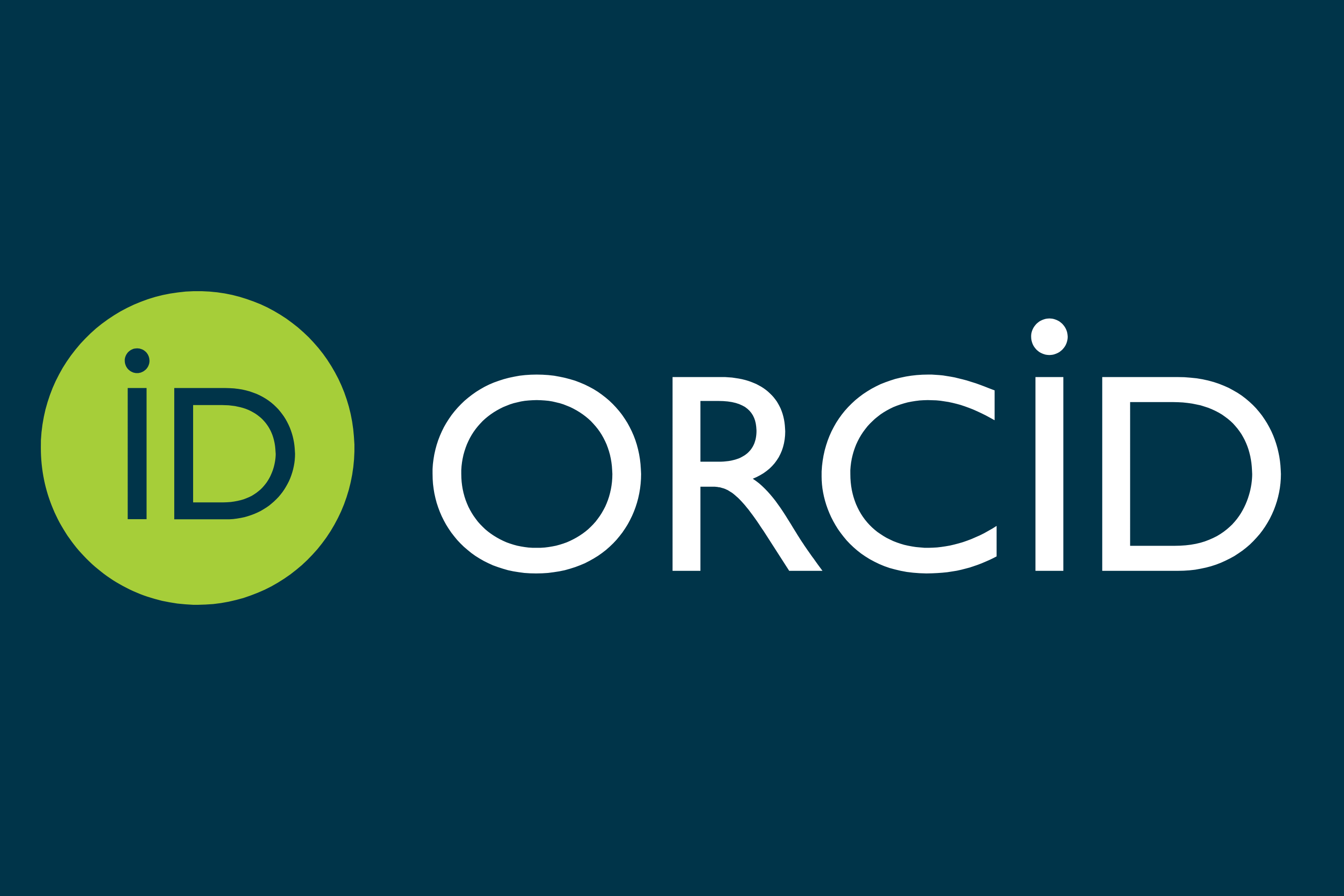دور قانون (ساربنيز-أوكسلي) في رفع كفاءة مهنة التدقيق الخارجي
Abstract
The Law of Oxley, which was issued in 2002 the most important law to regulate the business in the United States since the issuance of the Securities Law for the year 1933 to 1934 in the light of occurrence failures of the accounting and financial scandals of some companies, American, it contains items of interest to remove the external risks and uncertainties faced by accountants practitioners of the profession in fulfilling the accounting and auditing of its objectives.
Complying with the law and instructions Oxley corollary is the cornerstone in building the financial information useful and reliable data in the form of financial disclosure appropriate offset for the benefit of internal and external users, so this law will find a positive impression on the profession of accounting and auditing.
Find addresses the most important criteria of this law and its role in raising the efficiency of the external audit profession in the long term. The research found many conclusions as the following:
• It has strengthened control over the audit firms and the prevention of collusion with the management.
• Reduce risk in the absence of misappropriations and irregularities detected in a timely manner and thus reduce the size and cases of financial irregularities.
• It's a tool for balance in the relationship between auditors and senior management and audit committees in companies.
Downloads
Downloads
Published
Issue
Section
License
The journal of Administration & Economics is an open- access journal that all contents are free of charge. Articles of this journal are licensed under the terms of the Creative Commons Attribution International Public License CC-BY 4.0 (https://creativecommons.org/licenses/by/4.0/legalcode) that licensees are unrestrictly allowedto search, download, share, distribute, print, or link to the full text of the articles, crawl them for indexing and reproduce any medium of the articles provided that they give the author(s) proper credits (citation). The journal allows the author(s) to retain the copyright of their published article.
Creative Commons-Attribution (BY)









